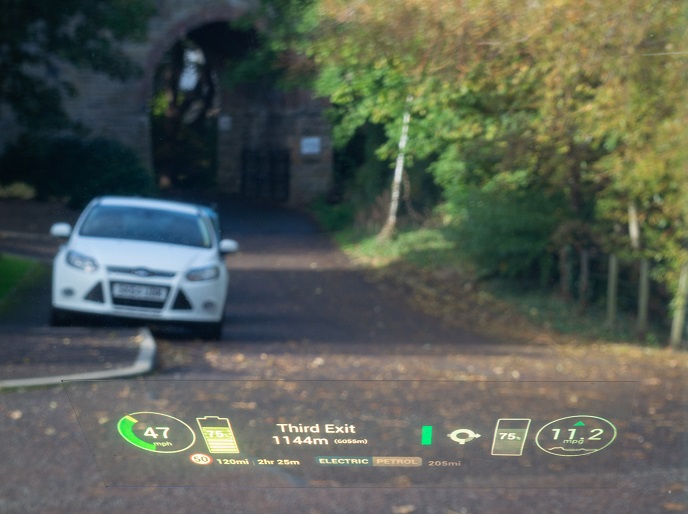Quantum electrodynamics receives a boost in Europe
The term cavity quantum electrodynamics (QED) was initially coined to describe the coupling of real atoms to microwave or optical photons stored in a resonator. Circuit QED also includes the investigation of such phenomena in the solid state with artificial atoms coupled to on-chip superconducting resonators. Both fields have made remarkable progress and demonstrated a diversity of effects. Given that the different regimes of the same phenomena can be investigated with two different set-ups makes comparing results and sharing insight particularly valuable. The EU-funded project CCQED(opens in new window) (Circuit and cavity quantum electrodynamics) brought together premier scientists in both fields from academia and industry. They joined forces and inducted 14 PhD and postdoctoral students into their network to investigate QED. In addition to training at host institutions, the network provided schools, workshops and meetings to broaden perspectives and share insights on experimental methods and theoretical descriptions. Fellows also organised two meetings titled Young European Scientists in the project's last two years. A remarkable aspect for researchers' career advancement was access to the wide technological diversity of experiments. These included cold atom manipulation, ion trapping, cryogenics, superconductivity, vacuum physics, clean room, laser technology, hardware and software development, and electronics. Another notable scientific outcome was the possibility of building hybrid systems by coupling superconducting transmission lines to real atoms. Combining these systems could be useful for future quantum computation architectures. The fast superconducting circuits could be the key element for quantum information processing, whereas the real atoms can serve as the basic storing unit. Researchers produced over 90 publications published in peer-reviewed journals. Some of the most significant results were coherent manipulation of Rydberg atoms on a superconducting atom chip and coherent coupling to a transmission line; squeezed light from a single atom; and all-optical switching from ion crystals. Other results include simultaneous readout of multiple artificial atoms in circuit QED; quantum-state tomography and reconstruction of quantum microwave fields generated by superconducting circuits; and entanglement detection and squeezing of propagating microwaves. By forming a new generation of young researchers both in academia and industry, CCQED has fuelled the growth of quantum technology in Europe.







